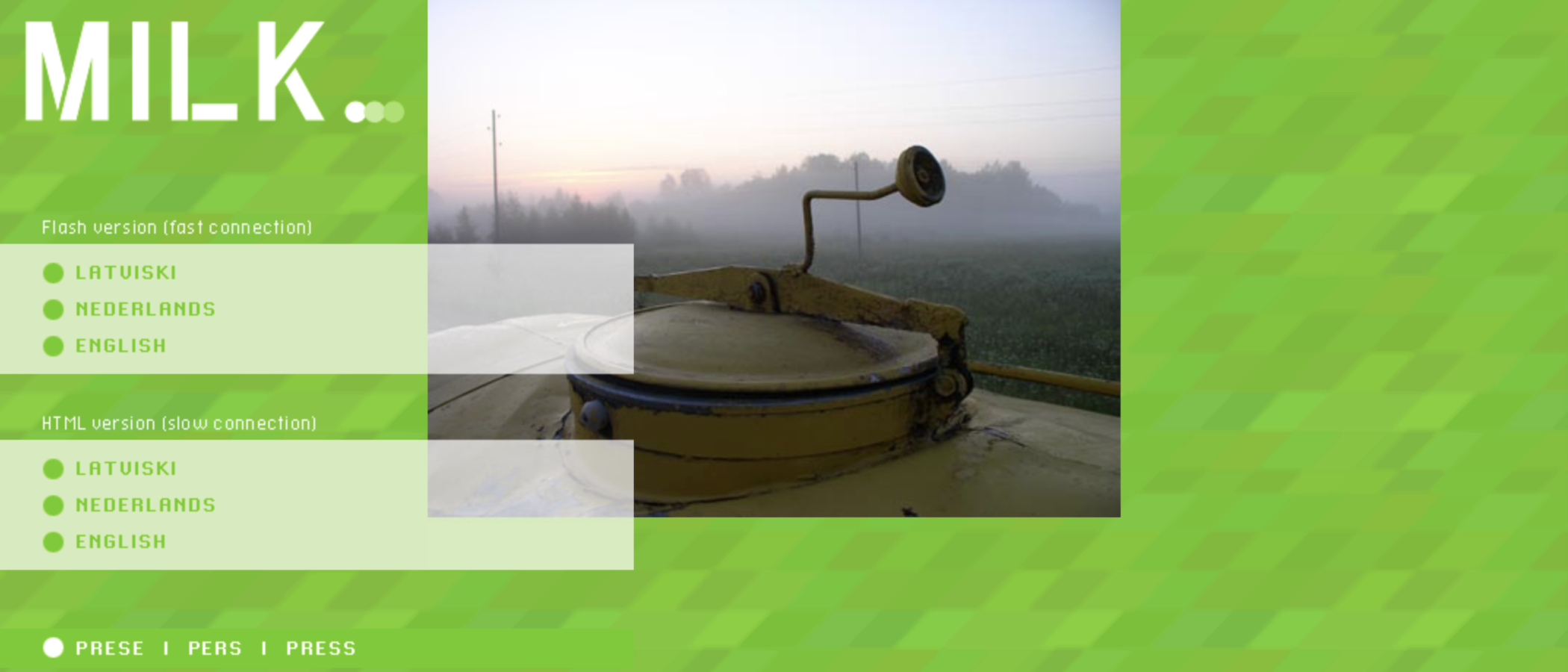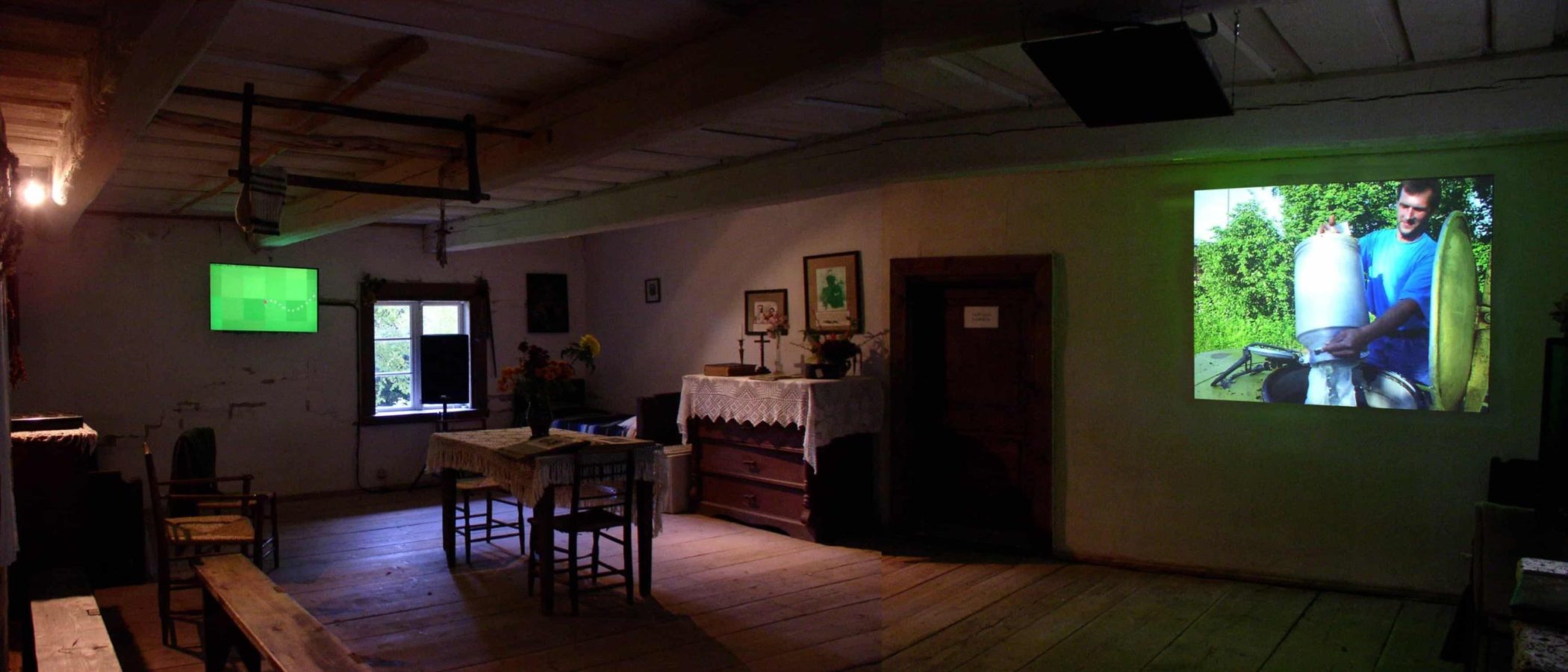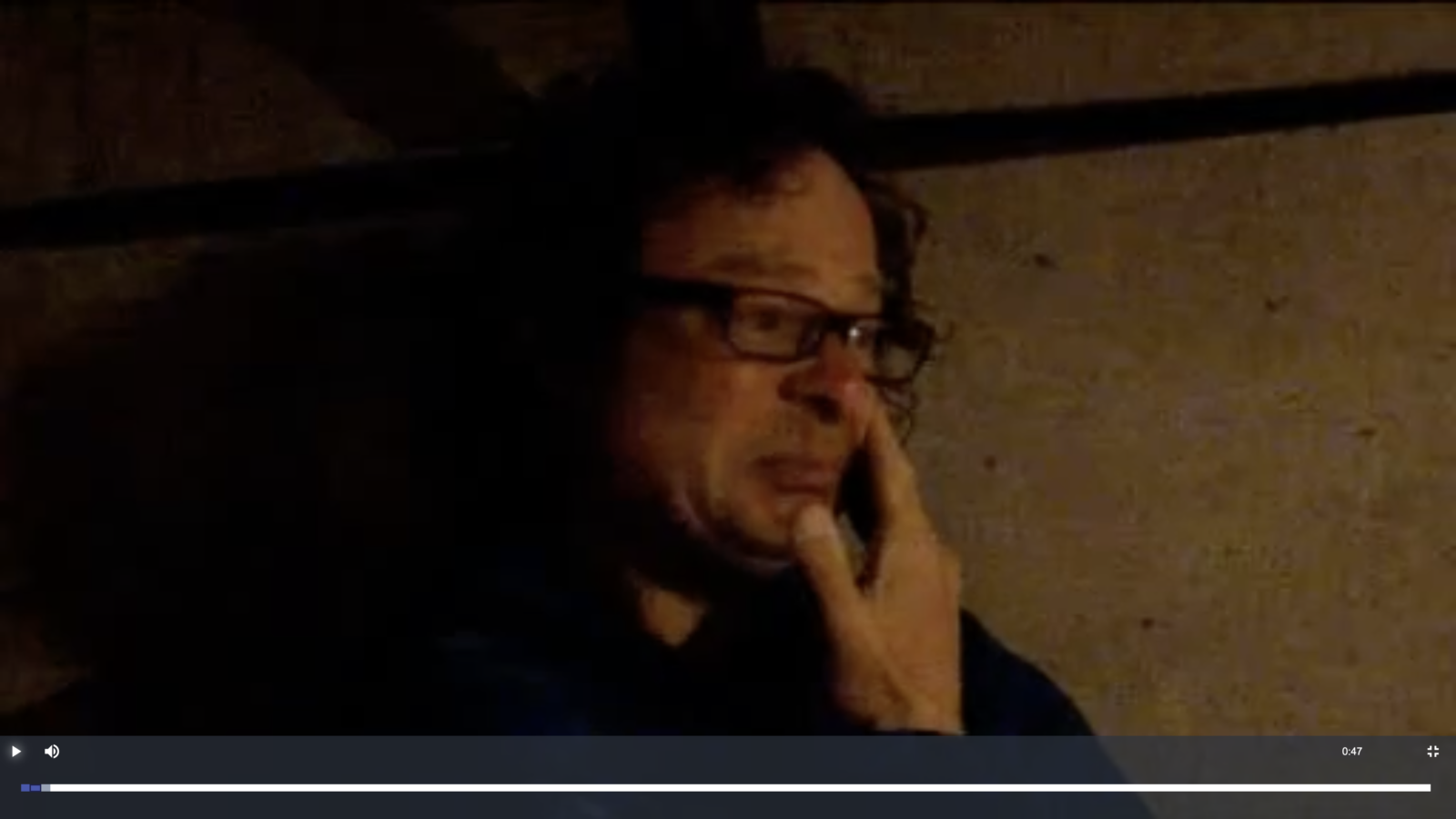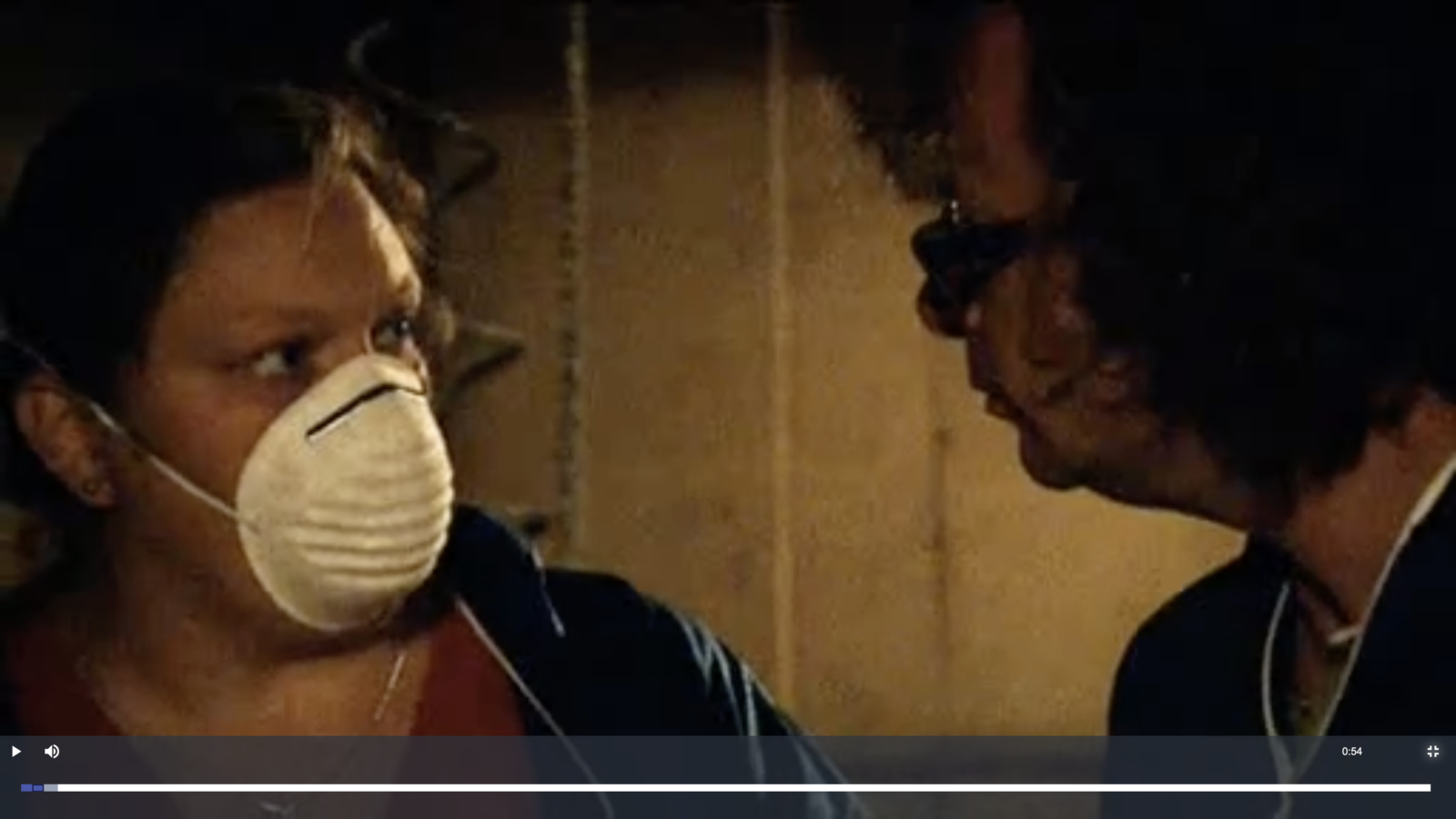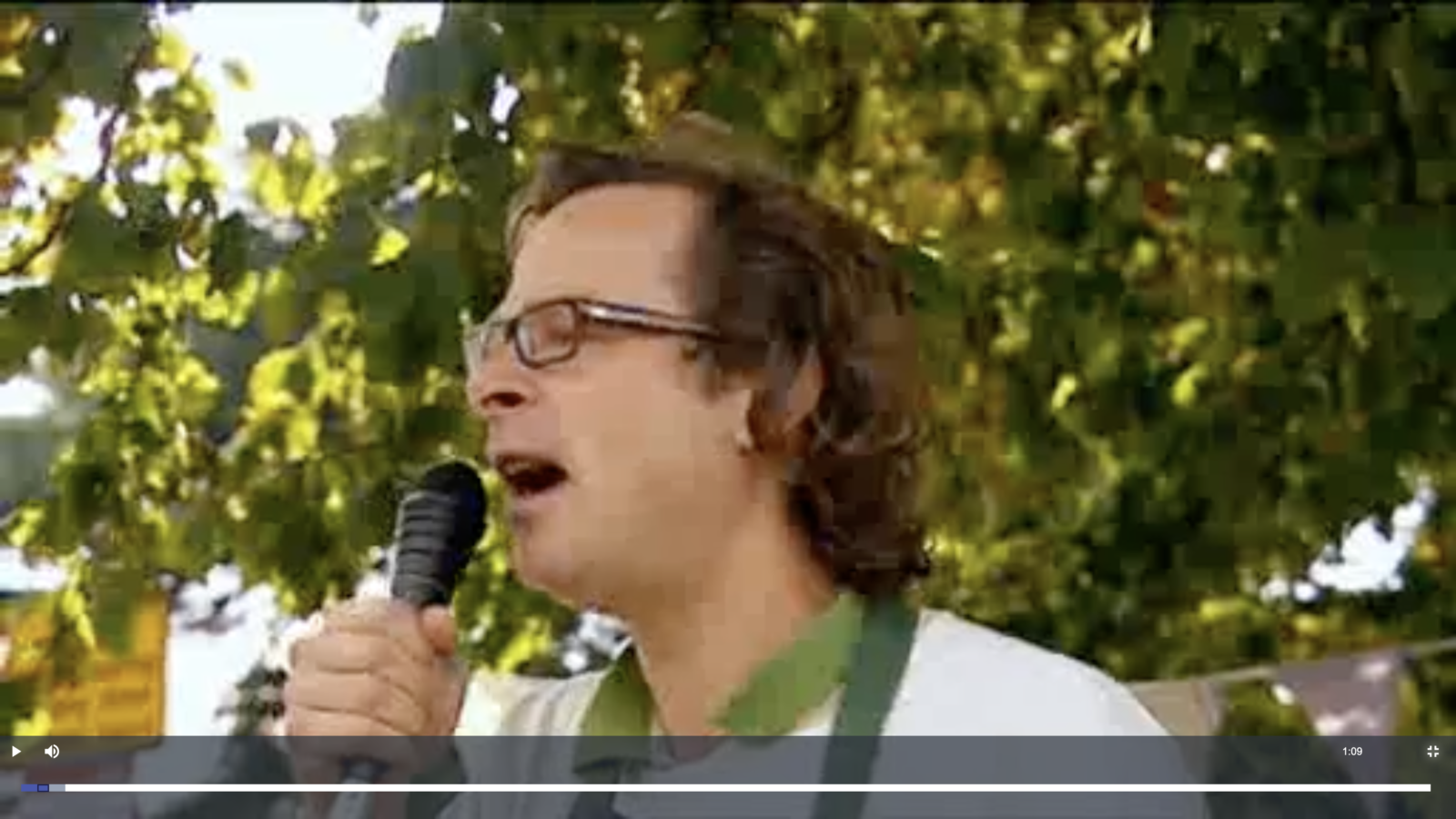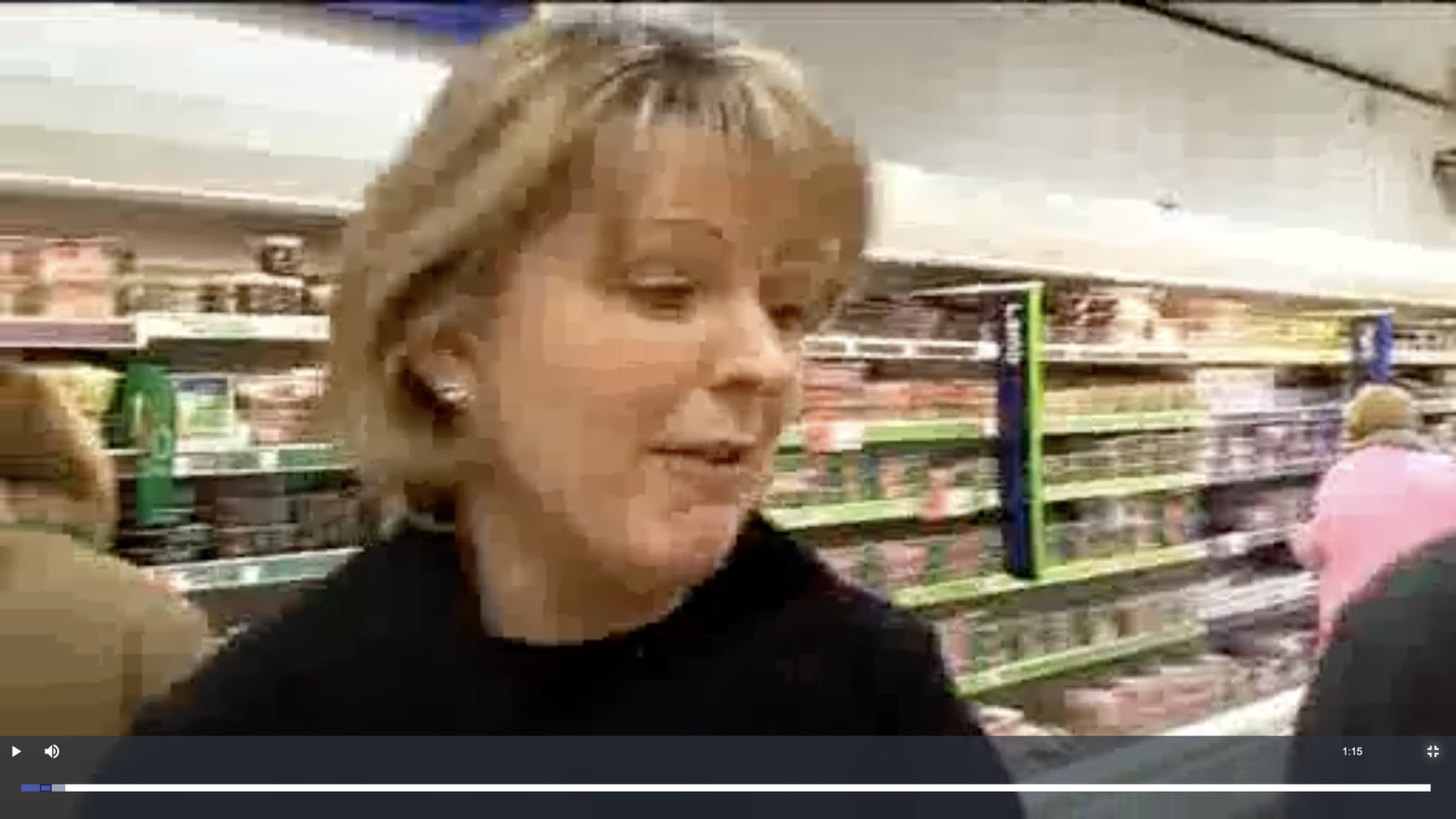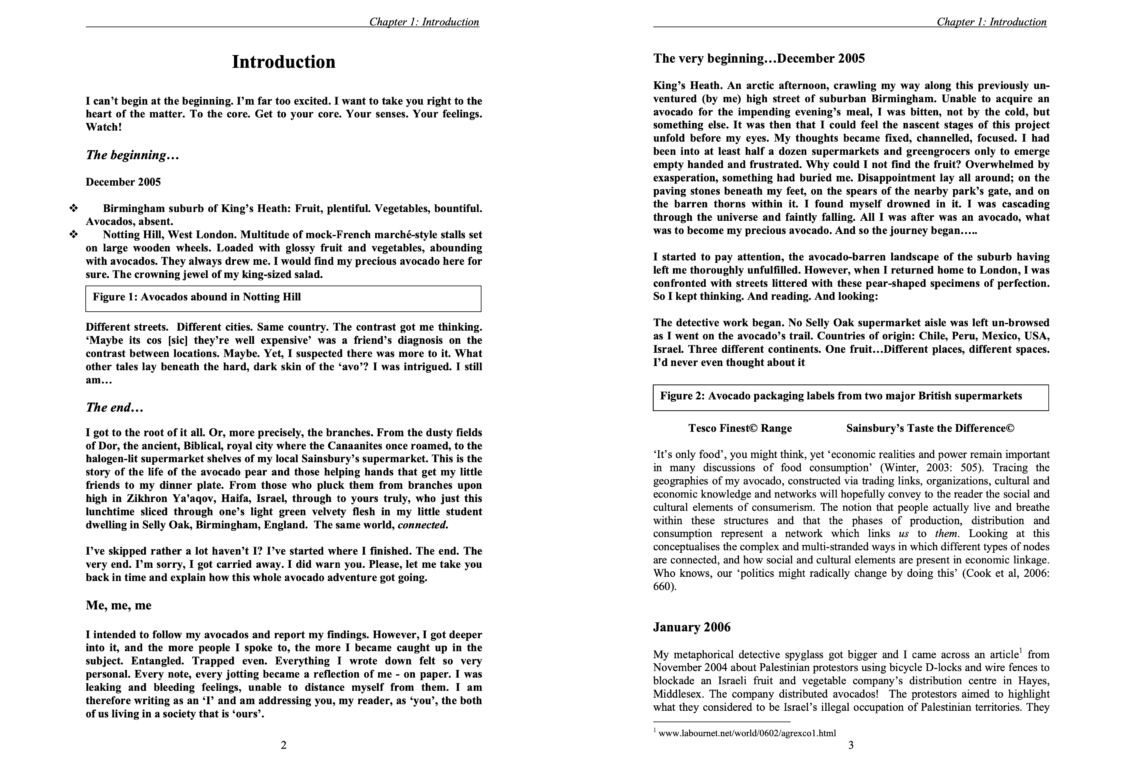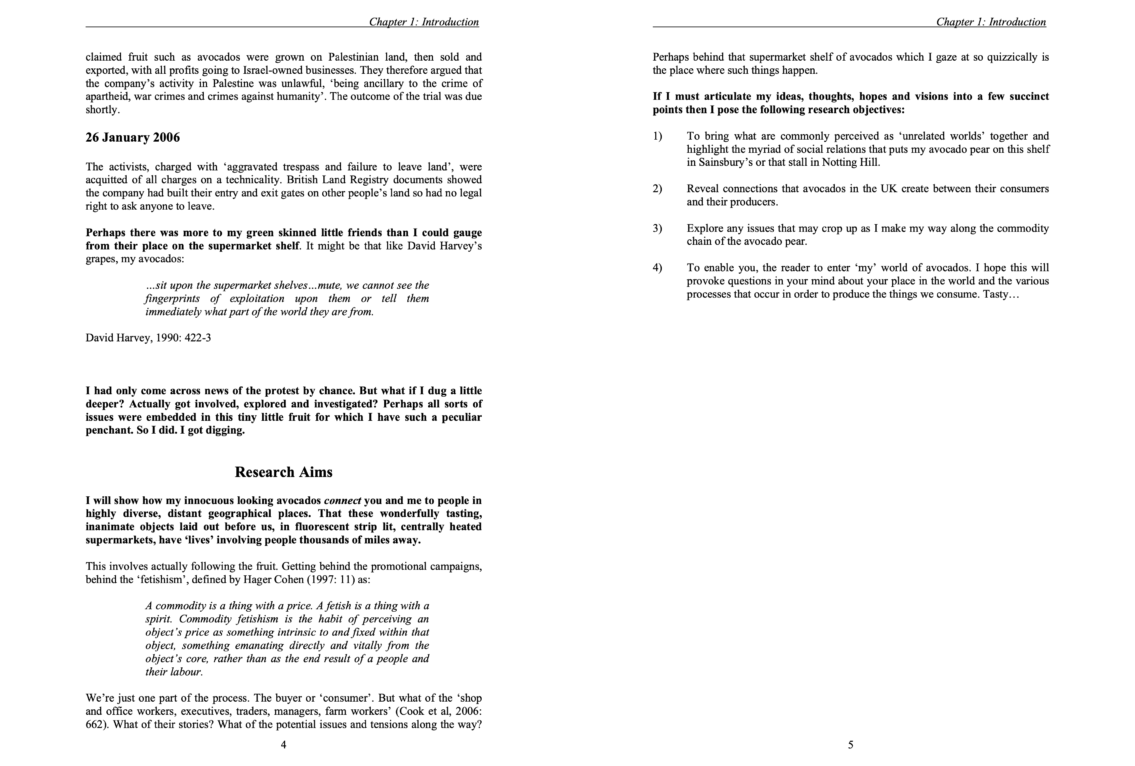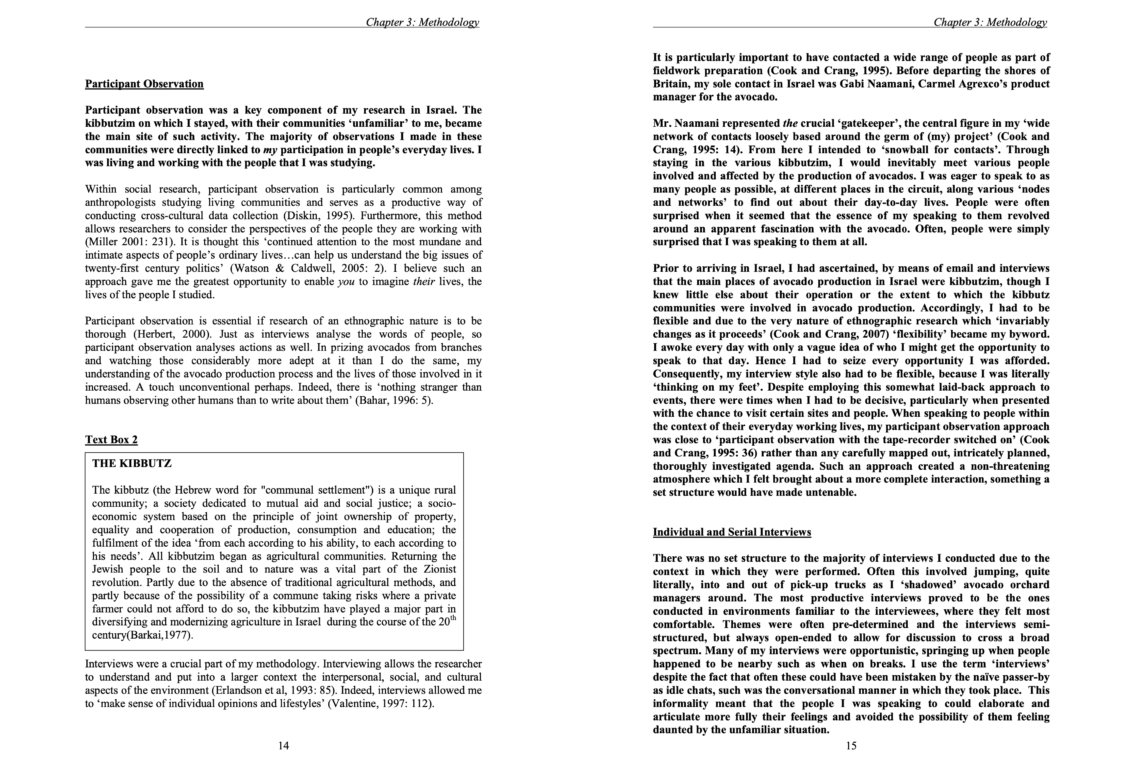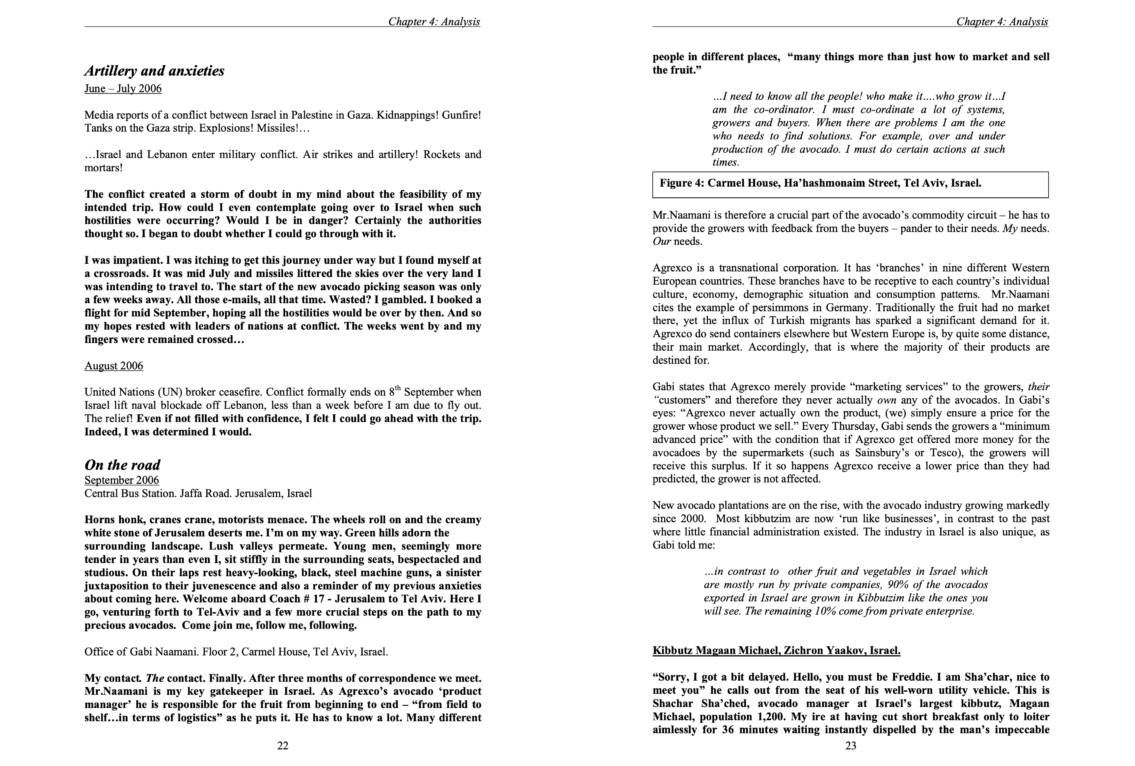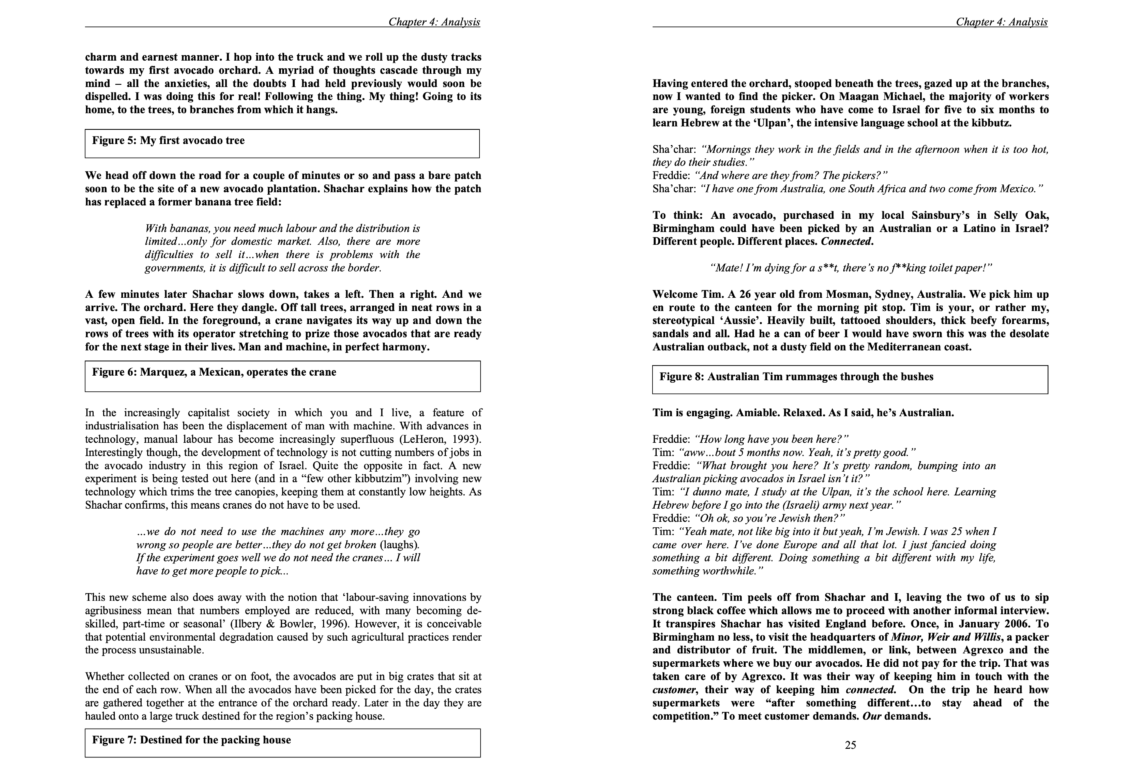

followthethings.com
Home & Auto
“Door Key“
Undergraduate coursework written by Alice Williams published in the Primary Geographer.
Full text below.
The students’ first task in the ‘Geographies of Material Culture’ module at the University of Birmingham is to make a personal connection between their lives and the lives of others elsewhere in the world who made the things they buy. These are the people who help you to be you, followthethings.com CEO Ian tells them. So choose a commodity that matters to you, that’s an important part of your identity, that you couldn’t do without. Think about its component parts, its materials, and the properties they give to that commodity and your experience of ‘consuming it’. And write a 500 word first person account that connects your lives. Alice Williams writes about a recent experience. When she lost something and only then realised how important it was to her life. The key to her flat. Which gives her a sense of safety. Or at least she thinks so. Until she looks into its ingredients. Its metals. Like lead. Which is added to make it easier to cut. And its possible sources. Mines in South Africa and the USA. A smelter in Canada. A cutting plant in Italy… And the people who work with lead in these places. And the effects it has on their health. And their safety. They’re connected. Shouldn’t everyone feel safe?
Page reference: Alice Williams (2006) Door Key. followthethings.com/door-key.shtml (last accessed <insert date here>)
Estimated reading time: 8 minutes.
Continue reading Door key ![]()

